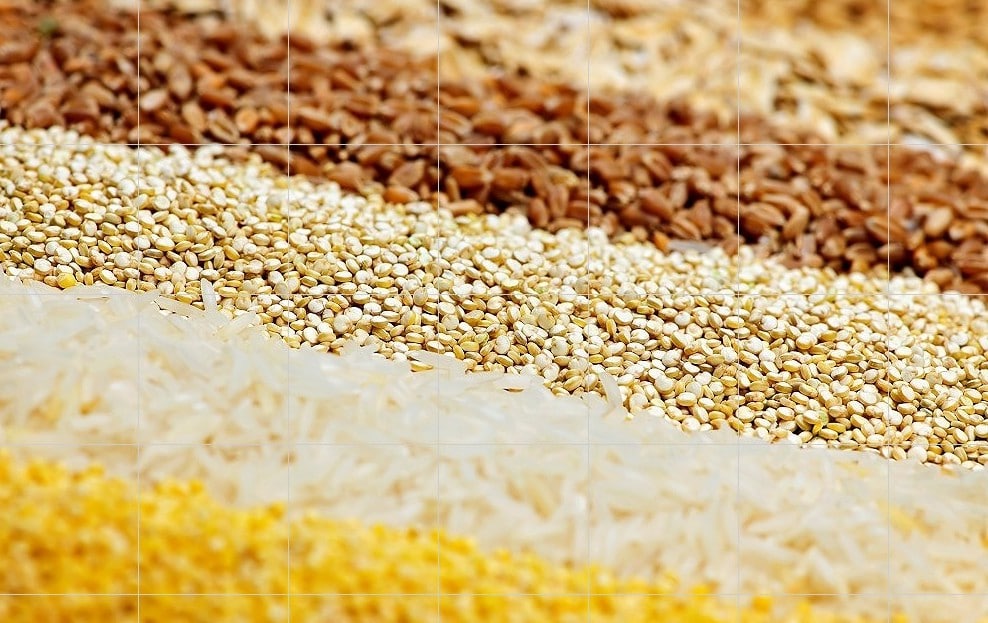With predicted record yield in parts of the country, farmers have the opportunity to meet or exceed 2017 profit margins, according to a new study from University of Illinois. Farmers who marketed grain in earlier months are likely money ahead as prices have turned for the worse in recent months.
“Gross revenue in 2018 could be near 2017 levels as long as yields are exceptional and some pre-harvest hedging occurred before May,” said Gary Schnitkey, Department of Agricultural and Consumer Economics at the University of Illinois in a recent press release.
USDA recently pegged corn production up 241 million bu. over last month at 14.827 billion bushels with a national yield average at 181.3 bu. per acre. Soybeans are projected to be a record 4,693 million bu., up 107 million with a record yield of 52.8 bu. per acre. With unchanged soybean export numbers, ending stocks could hit 845 million bu., up 60 million from the previous month.
These announcements from USDA further depressed corn and wheat prices this week, putting more pressure on net returns on-farm. Economists at the University of Illinois used this new information to compile anticipated 2018 returns for high-productivity farmland in Illinois. You can easily exchange estimates in the equations for what you expect on your farm to estimate your returns.
Soybean returns are helped by the Market Facilitation Program (MFP), that gives about 83 cents per bu. For Illinois’ expected yield of 70 bu. per acre that’s a $58 increase. Corn sees less of a benefit at .005 cents per bu. for a total of $1 per acre for the state’s anticipated yield average of 233 bu. per acre.
Don’t expect ARC payments on corn or soybeans in Illinois at least, according to Schnitkey. There is a chance some PLC payments could be made on corn, but it’s unlikely in soybeans. However, some revenue protection payments could be made.
“Current futures levels suggest harvest prices near $3.65 for corn and $8.45 for soybeans,” Schnitkey said. “If actual yields equal the trend-adjusted APH yields used in calculating revenue guarantees, the corn price hasn’t fallen enough to trigger revenue protection payments at the 85% coverage level.”
Soybeans prices, however, have declined 17% which could trigger payments if yields are lower than anticipated. If yields reach their anticipated record high in both corn and soybeans don’t expect a crop insurance payment.
According to Schnitkey, MFP payments and high yields will help keep 2018 gross revenue higher, but 2019 is a concern. “Gross revenue in 2019 will be projected much lower because there likely will not be an opportunity to price 2019 grain at relatively high levels and MFP payments likely will not occur in 2019,” he said.
